’Sobering look ahead’: Latest climate report shows grim future for Australia
Australia’s catastrophic fire seasons will get longer and temperatures will continue to soar according to a damning climate report.

Australia is experiencing climate change now, and it’s only going to get worse.
According to a new sobering report from the Bureau of Meteorology and CSIRO, the nation will be battered by more catastrophic and longer fire seasons, rising sea levels, prolonged droughts, scorching temperatures and sporadic rainfall in the coming years.
Their biennial report, The State of the Climate 2020, was revealed on Friday and painted a dire outlook for the country, which is still picking up the pieces from last summer’s devastating bushfire season.
Australia had already warmed by almost 1.5C since national records began in 1910, the report found.
In 2019 we lived through the hottest year on record, and scientists believe temperatures will continue to trend upwards for years and even decades to come.
And since the 1950s there has been an increase in the number of days at threat of extreme fire danger.
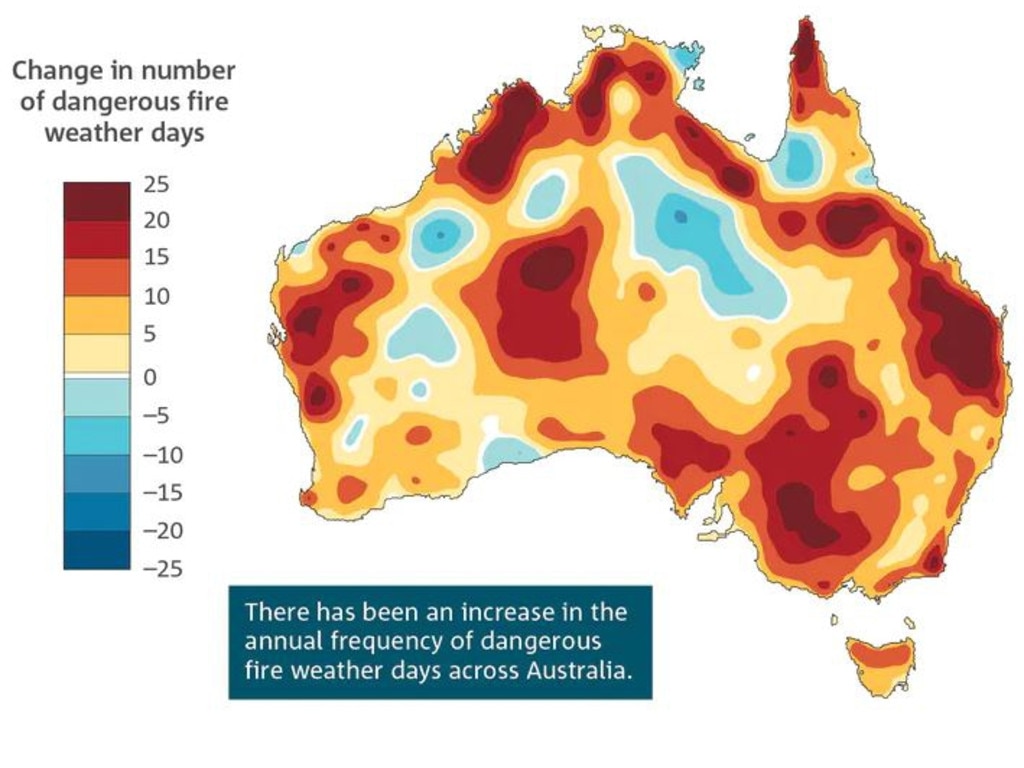
BOM manager of climate environmental prediction services Dr Karl Braganza said extreme fire seasons were linked to warming temperatures.
“There has been a significant increase in the frequency of dangerous fire weather days across Australia, particularly during spring and summer, leading to an earlier start to the southern fire season,” Dr Braganza said.
“Climate change is influencing these trends through its impact on temperature, rainfall and relative humidity and the resulting change to the fuel moisture content.”
WHAT’S DRIVING CLIMATE CHANGE?
While the economic slowdown due to coronavirus-related lockdowns helped reduce global emissions this year, it was not enough to influence carbon dioxide (CO2) levels in the atmosphere, the report found.
Instead, due to increasing greenhouse gases in the atmosphere, the nation is continuing to warm, according to CSIRO Climate Science Centre director Dr Jaci Brown.
For instance, global carbon dioxide concentrations in the atmosphere reached 410 parts per million (ppm) in 2019 and the CO2-equivalent of all greenhouse gas reached 508ppm.
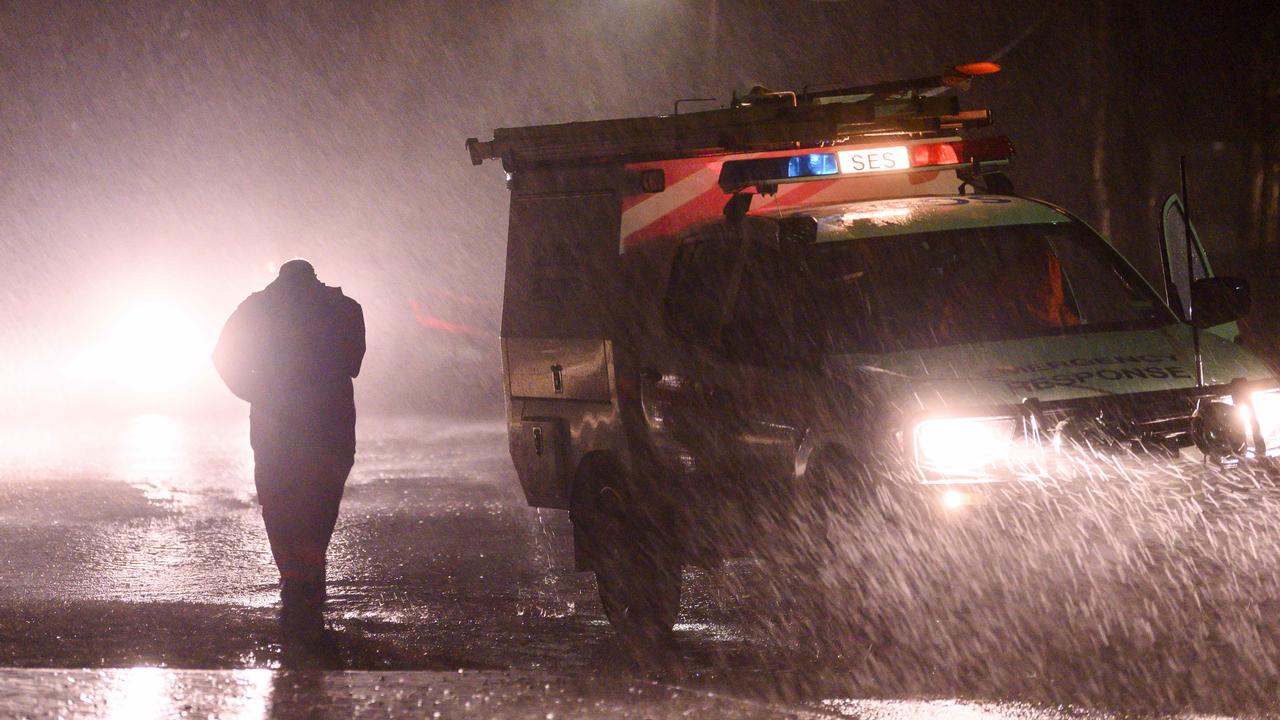
This has grown with every decade since atmospheric measurements began.
The report pointed the finger at emissions from fossil fuels as the main contributor, with about 85 per cent of global CO2 emissions between 2009 to 2018 linked to fossil fuel sources.
In Tasmania, measurements taken at the Cape Grim air pollution station suggest carbon dioxide levels in the atmosphere, driven by fossil fuel emissions, have been increasing since pre-industrial times.
THE OCEAN IS HEATING UP
The ocean's surface is also acidifying – which is caused by the uptake of carbon dioxide from the atmosphere – and the frequency and intensity of marine heatwaves has skyrocketed, posing a significant threat to Australia’s vital marine ecosystems.
“These trends, which are projected to continue in the coming decades, are already posing a significant threat to the long-term health and resilience of the coral reef ecosystems around Australia’s coast,” Dr Brown said.
“It’s quite a sobering look ahead.”
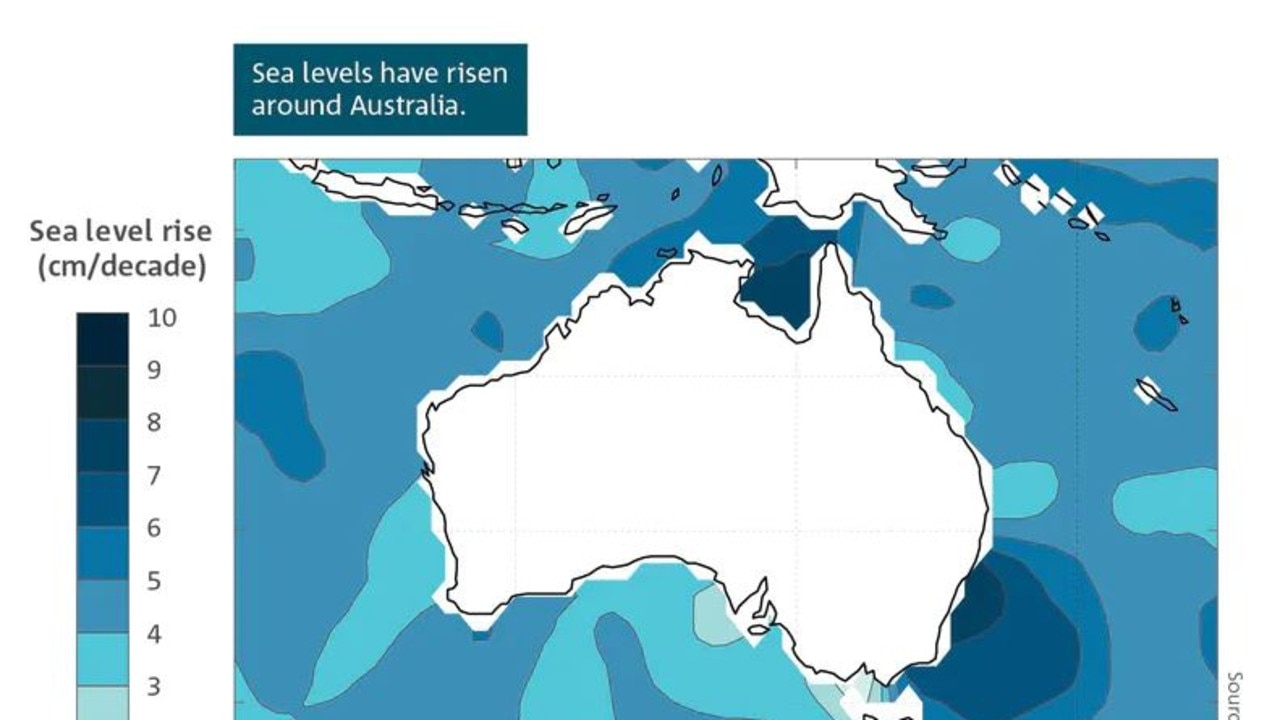
Warming temperatures have also triggered rising sea levels due to melting ice and glaciers.
The global average sea level has risen by 25cm since, 1880 with half of that growth occurring since 1970.
INTENSE HEAT AND SPORADIC RAINFALL
Not only is Australia experiencing warmer days, but the intensity of the heat is also strengthening.
Last year the nation experienced 43 “extremely warm” days – three times more than any of the years prior to the year 2000. Of those days, the average national daily maximum temperature exceeded 39C.
Rainfall had dwindled by 16 per cent during the cooler months over the last 50 years, meaning more severe droughts are likely, particularly in Australia’s southwest, Dr Braganza said.
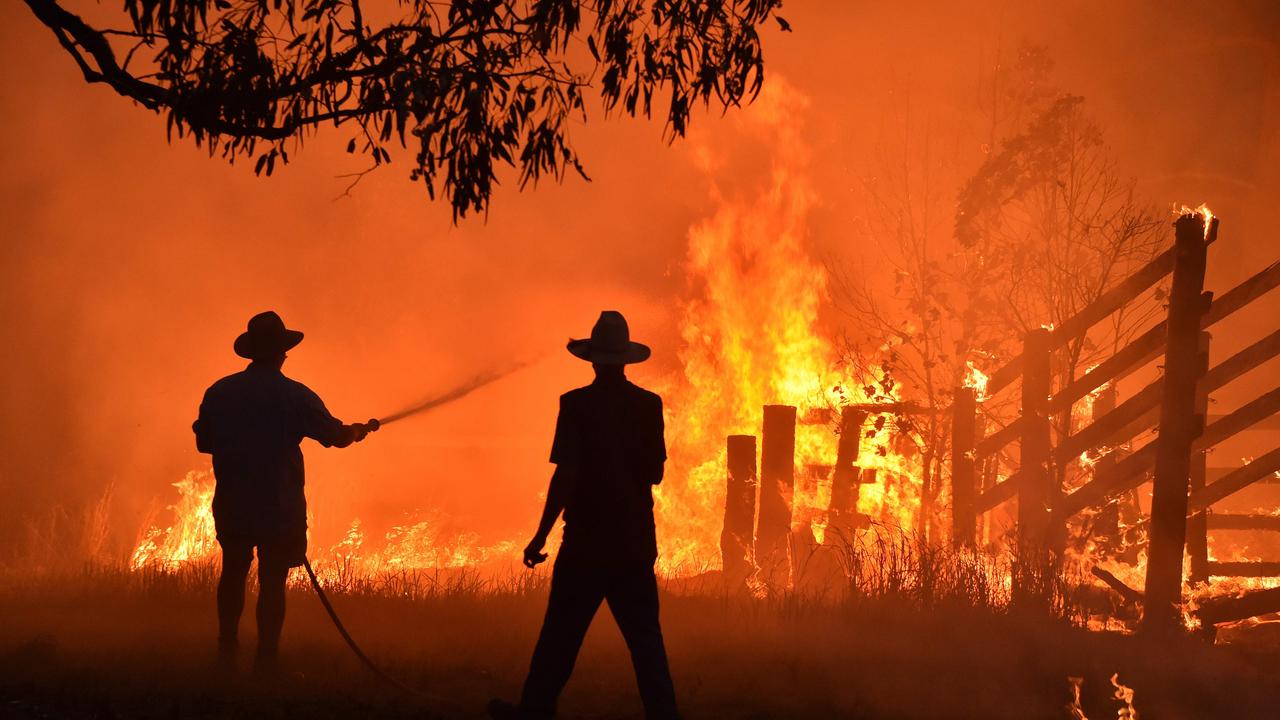
This is a contrast to northern parts of the nation where heavy downpours have been more frequent since the 70s.
“While highly variable from year to year, there have been more ‘wetter than average’ years in recent decades,” Dr Braganza said.
WHAT NEEDS TO BE DONE?
Academics are calling on government industries to create a climate change plan and educate Australians on the natural emergency.
They say understanding these climate risks and how they might influence us could help preserve our essential ecosystems and economy.
“To build a sustainable, resilient and productive future for Australia, governments, industries and communities need robust climate information,” Dr Brown said.
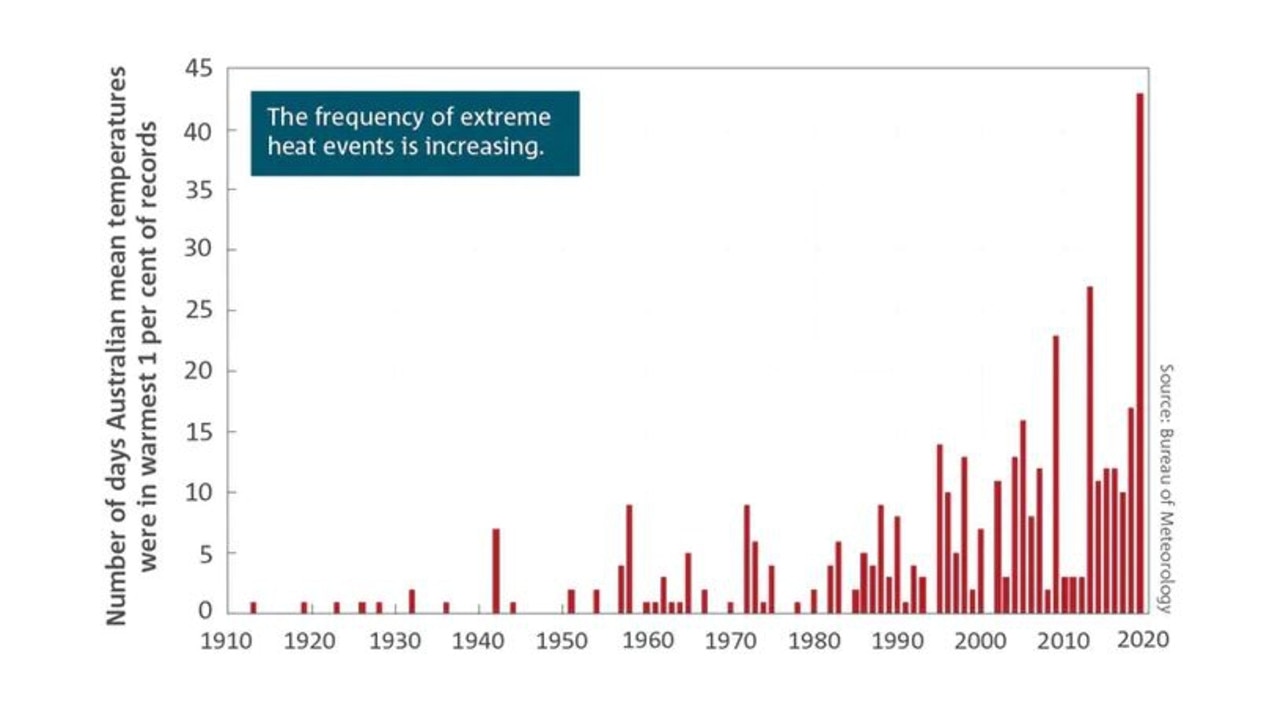
“This report presents a synthesis of our most up-to-date understanding of the changing nature of Australia’s climate, providing a sound base for economic, environmental and social decision-making now and into the future.”
The report is released every two years and provides a comprehensive analysis of Australia's changing climate today and into the future.



